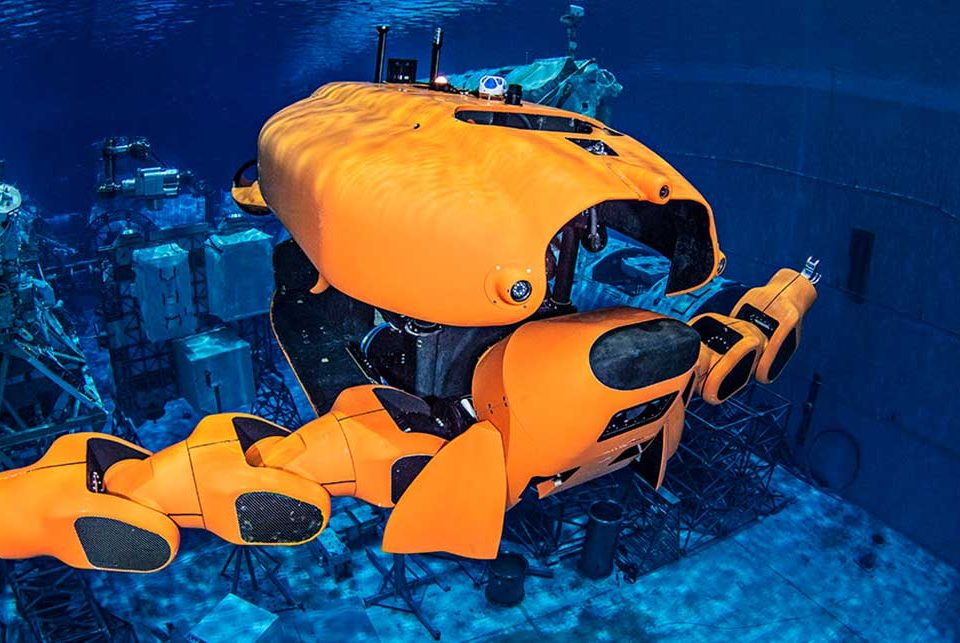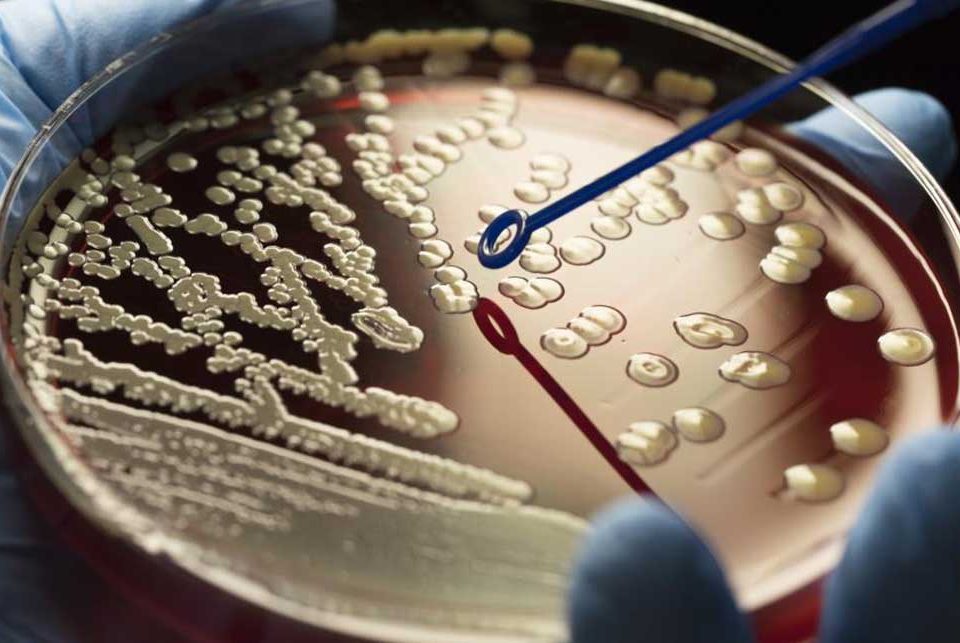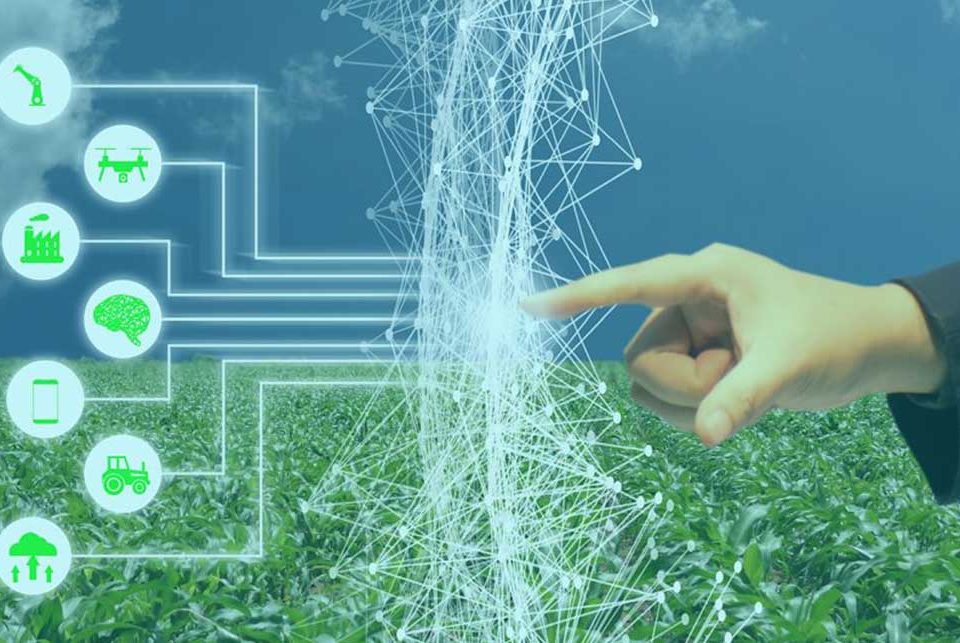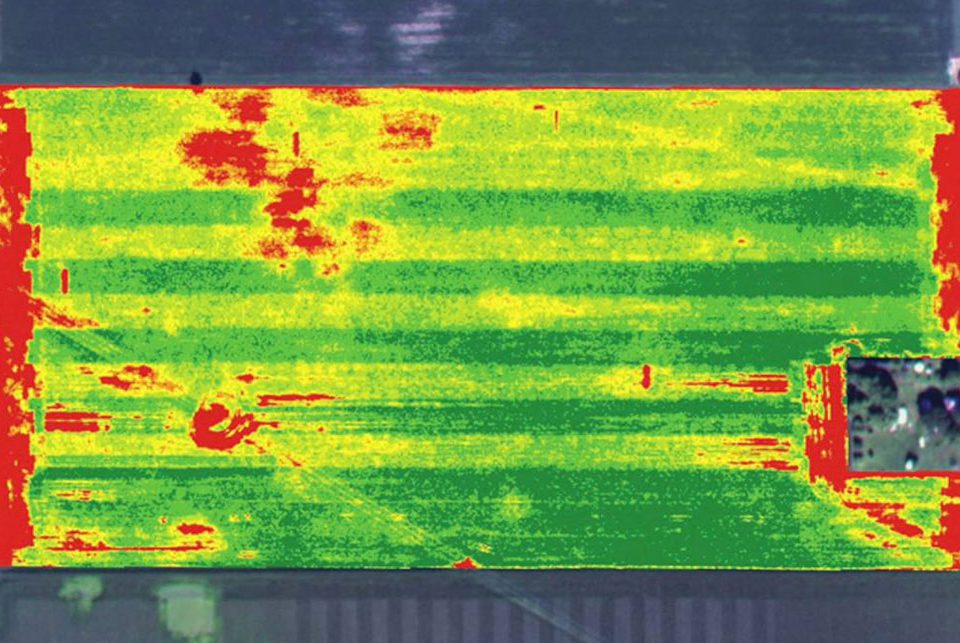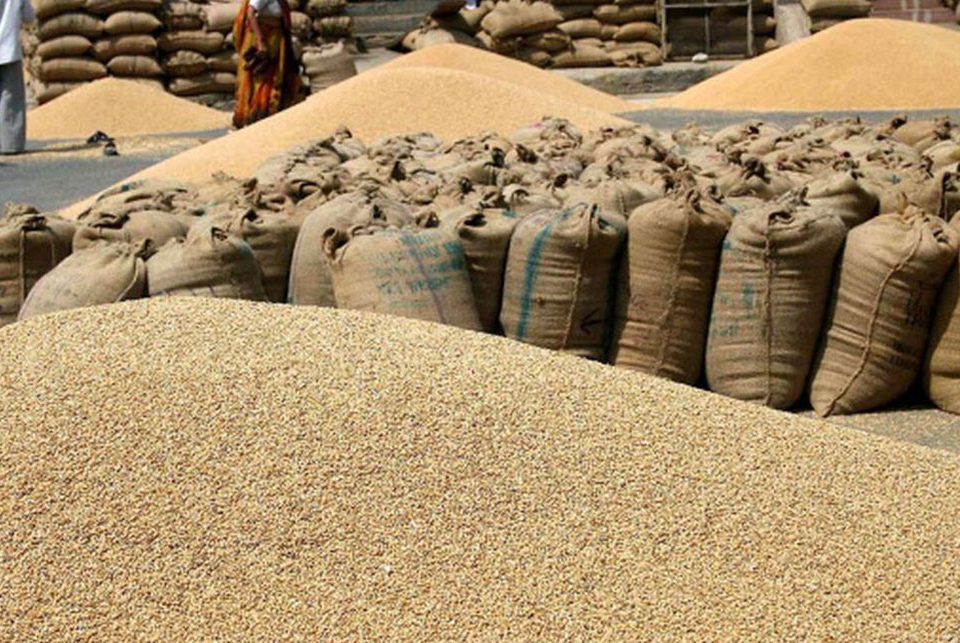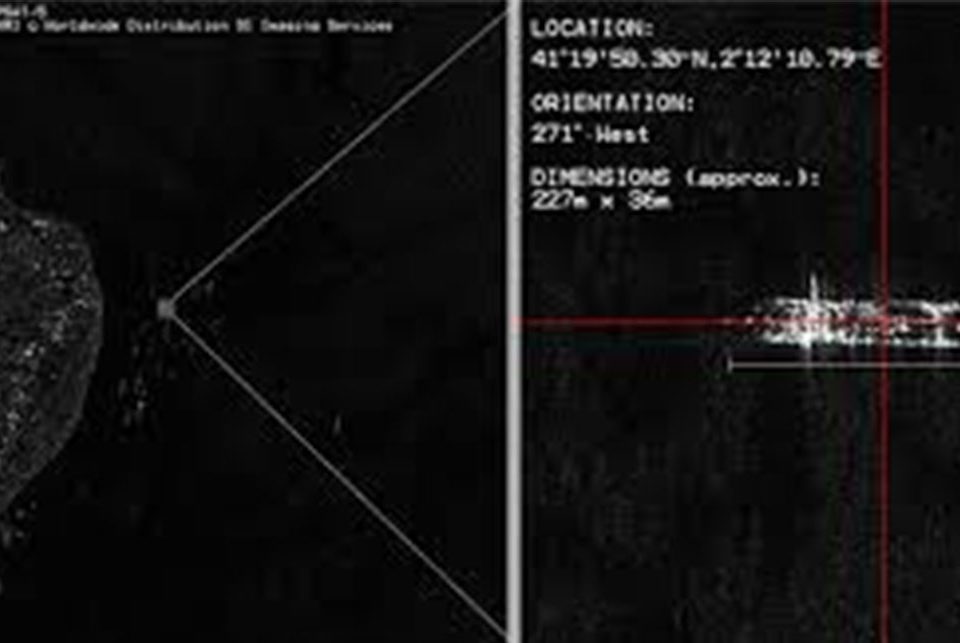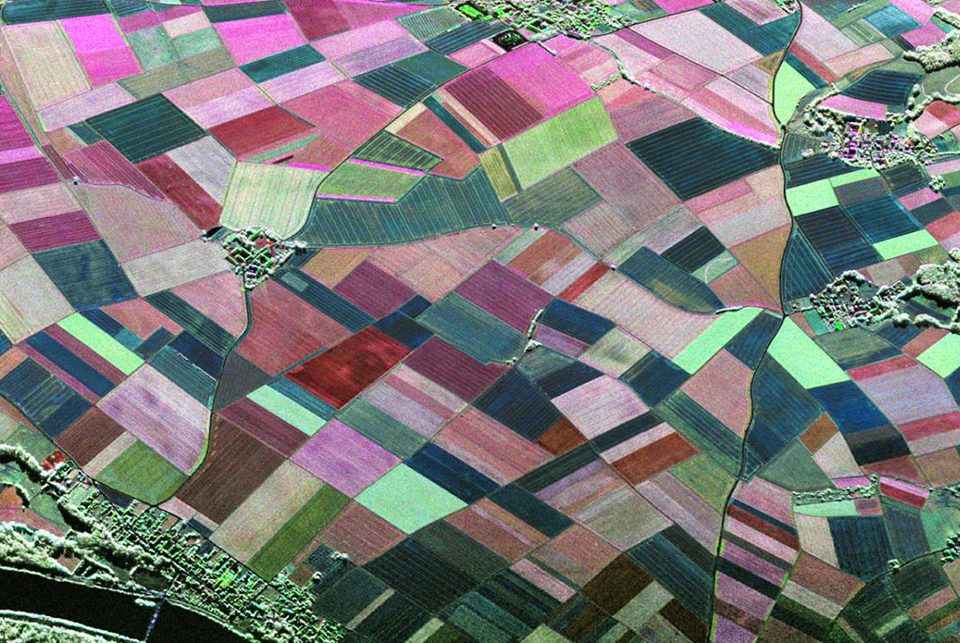Archeron Blog
April 12, 2021
Also known as Autonomous cargo ships are crewless vessels that transport either container or bulk cargo over navigable waters with little or no human interaction. Different methods and levels of autonomy can be achieved through monitoring and remote control from a nearby manned ship, an onshore control center or through artificial intelligence and machine learning, letting the vessel itself decide the course of action. The Maritime safety Committee at the International Maritime Organization (IMO) has proposed a preliminary definition of autonomous ships as Maritime Autonomous Surface Ships (MASS) which includes the degrees of autonomy a ship can operate independently of human interaction:
Do you like it?
April 12, 2021
Antimicrobial resistance (AMR) is a phenomenon where the previously wonder drugs called antibiotics becomes ineffective to treat formerly simpler infection during post antibiotic discovery era. As Dr. Lederberg rightly said “It is upto us to use our wits to keep up with their genes”. In fact the first instance of AMR was observed at the similar time when the first antibiotic was deemed to be used for human welfare. AMR is rightly threatening the effective use of antimicrobials against various infection caused by pathogenic microbes.
Do you like it?
April 12, 2021
Agriculture plays a key role in the economic sector. The automation of this industry is a widely discussed matter and the recent introduction of artificial intelligence to aid this process was shown to boost efficiency in many studies conducted. Archeron Group is a thought leader in the space of artificial intelligence and quantum technologies and we are currently striving to bring about a difference in the farming sector by providing farmers with timely information, technology and the right kind of inputs to achieve better yields.
Do you like it?
June 3, 2020
The working principle of a Quantum Radar (QR) is based on the principle of Quantum Illumination (QI) which in turn has at its heart the phenomenon of Quantum Entanglement of continuous variables. Similar to the discrete case, variables having continuum outcomes may as well be entangled. For example, the electric field components of light of different wavenumbers (k) or frequency (ω) may be entangled to one another when there is a possibility of them mutually interacting.
Do you like it?
June 3, 2020
Precision Agriculture (PA) is comprised of near and remote sensing techniques using IoT sensors, Drones, UAVs and Satellites, which help to monitor crop states at multiple growth levels. PA involves the acquisition and processing of a large amount of data related to crop health. Multiple parameters are involved in plants health, including water level, temperature and others. PA enables a farmer to know precisely what parameters are needed for a healthy crop, where these parameters are needed and in what amount at a particular instance of time. This requires collecting massive information from different sources and different parts of the field such as soil nutrients, the presence of pests and weeds, chlorophyll content in plants and some weather conditions. All collected information needs to be analysed to produce agronomic recommendations.
Do you like it?
June 3, 2020
Gene editing: It includes technologies that give scientists the ability to change an organism’s DNA. Out of the many technologies present, many advances in the field of CRISPR-Cas have been made. However, to use CRISPR, researchers need to select the right target sequence first. This process can be challenging as it often involves unpredictable outcomes. However, with the use of ML, we can predict the probability of a particular sequence to hit the target or off-target regions reducing the cost, time and effort of identifying the right target sequence. Two such modelling approaches are already present (https://www.microsoft.com/en-us/research/project/crispr/).
Do you like it?
June 3, 2020
As the world reels under the COVID-19 pandemic, supply chain disruptions have yet again revealed the critical gaps vexing the agricultural infrastructure and logistics systems; but there are a few countries only which are utilizing the crisis as an opportunity to push through politically difficult reforms that have been in a state of suspended animation for a long time.
India plans to convert this crisis into an opportunity and strengthen its fight by becoming Atmanirbhar or self-reliant; a term coined by the Prime Minister of India, Mr. Narendra Modi. In what could be termed as a Historic Day for the livelihoods of 60% of the population, the measures announced under the Atmanirbhar Bharat Abhiyan focuses on agriculture and allied activities supporting the farmers of India.
Do you like it?
May 11, 2020
Ship detection with satellite imagery in the commercial space is primarily focused towards resolving issues pertaining to the environment, commerce, and national security. Due to the possibility of the presence of thick cloud cover over oceanic landscapes and the requirement of day-night monitoring of marine traffic synthetic aperture radar (SAR) systems have been adopted for the purpose of surveillance. Performance of such systems has been commendable over the past decades with high-resolution wide-swath systems orbiting the Earth providing high spatial & temporal coverage. The problem of detecting ships is looked at either from a target/object detection perspective or by observing anomalies over the undulating waters, like smooth morphological trails resembling the wake of the ship. Over several decades, ship detection with SAR was constrained by the availability of single-channel datasets that provided limited partial insights into the polarimetric scattering behaviour of the target.
Do you like it?
May 11, 2020
Across the globe, approximately one in every seven people go hungry every day. About 1/3rd of the agricultural produce is lost or wasted each year. As per the presently rising food demand agricultural yield needs to increase by 60% over the next 40 years to meet the projected demand. Agricultural land occupies approximately 38% of the available ice-free terrestrial land surface, which includes about 12% of croplands and 26% of pastures. Off the total available agricultural production human consumption amounts to 62% of the produce followed by animal feed amounting to 35% and a mere 3% for bioenergy and other industrial production. Unfavourable growing conditions can change the productivity of an agricultural field within a short span. Therefore, timeliness is the key to monitor such an adverse change that can impact the yield.
Do you like it?
May 11, 2020
Remote Earth observation platforms capture data in different segments of the electromagnetic (EM) spectrum. An image is essentially a measure of interaction between the target material and the imaging wavelength. Such interactions are not discrete but rather continuous in nature and its magnitude varies as a function of varying wavelength. Therefore, information captured by a sensor tuned to a particular wavelength depicts only a discrete slice of response and is therefore not the comprehensive characterization of the target material. The fusion of multi-sensor datasets is thus an attempt to partially recreate and approach the continuous response curve of the target, which defines its absolute electromagnetic attribute.
Do you like it?

